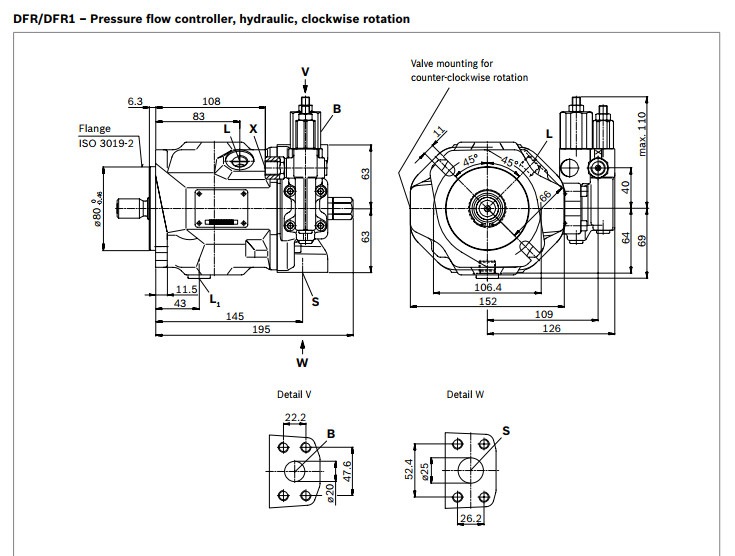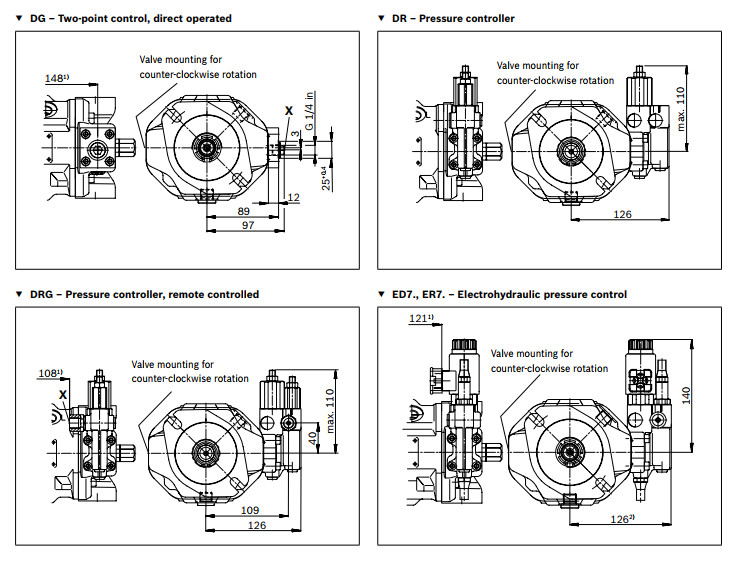Application scope and basic principle of plunger pump
Piston pump is one of the commonly used equipment in various production enterprises, which is widely used in petroleum, chemical and other production enterprises, mainly used in various media, such as water, oil, coal slurry and other transmission and pressure links. Plunger pump is a very important and critical device for hydraulic system. Its working principle is: the plunger in the cylinder block (sealed working chamber), the previous way of cyclic long-term movement, the movement form will directly cause its volume periodic change. This change will also cause the working medium to be continuously inhaled or discharged, so as to increase its pressure. For the plunger pump, its advantages mainly lie in the following points: first, the rated pressure is high; second, the structure is more compact; third, high efficiency; fourth, convenient flow adjustment. It is precisely because of these advantages that it has a wide range of applications. It can be used not only in high-pressure occasions, but also in various occasions where large flow rate of medium is needed and medium flow regulation is needed. Plunger pump is a reciprocating pump, belonging to a class of volume pumps. Its plunger drive is mainly realized by eccentric rotation of the pump shaft. Because of its reciprocating movement, its suction valve and discharge valve, the use of one-way valves. When the plunger is pulled out, the pressure inside the working chamber decreases, and the outlet valve is closed. When the chamber pressure is lower than the inlet valve pressure, the inlet valve is opened and the working medium (liquid) enters the state. When the plunger is pushed in, the pressure in the working chamber will rise, and the inlet valve will be closed. When the internal pressure is higher than the outlet pressure, the outlet valve opens and pushes the liquid out. When the transmission shaft drives the cylinder block to rotate, the swashplate will pull out or push back the plunger to complete the oil absorption or drainage process.

